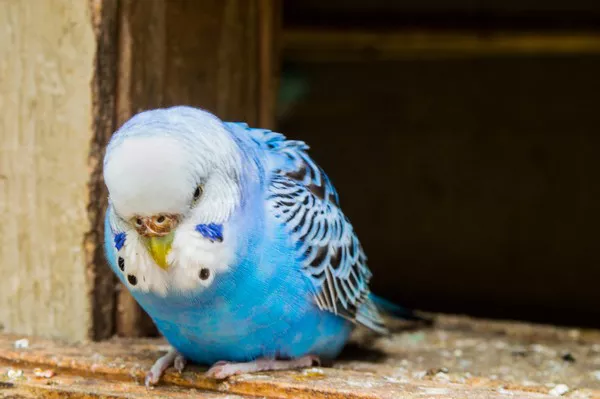The Maine Coon cat, known for its large size, friendly demeanor, and tufted ears, is often regarded as one of the most majestic domesticated feline breeds. While Maine Coon cats are primarily kept as indoor pets in modern times, they have a fascinating history rooted in the wild. Understanding their dietary preferences in the wild can provide insights into their ancestral behavior and dietary needs. In this article, we will explore what Maine Coon cats eat in the wild and how this knowledge can inform their care as domesticated companions.
The Maine Coon’s Wild Ancestry
Maine Coon cats have a rich history intertwined with the rugged landscapes of North America, particularly in the northeastern United States, where they are believed to have originated. These cats are believed to be descendants of seafaring cats brought by early European settlers and the native wildcats of North America.
In their ancestral environment, Maine Coon cats adapted to survive harsh winters, dense forests, and diverse prey availability. Their diet in the wild was primarily carnivorous, consisting of a wide range of small mammals, birds, and even fish from the region’s abundant rivers and lakes.
Wild Diet of Maine Coon Cats
Maine Coon cats in the wild are skilled hunters and carnivores by nature. Their diet typically includes:
Small Mammals: Maine Coon cats are adept at catching small mammals like mice, squirrels, and chipmunks. These animals provide a significant portion of their protein intake in the wild.
Birds: Birds are a common prey item for Maine Coon cats. Their agility and sharp hunting skills make them effective bird hunters, often targeting species like sparrows, robins, and even waterfowl near bodies of water.
Fish: If near water bodies, Maine Coon cats may also catch fish. Their semi-aquatic hunting abilities allow them to pounce on fish swimming close to the water’s surface.
Insects: Insects, such as grasshoppers and moths, may make up a small part of their diet in the wild, particularly when other prey is scarce.
Reptiles: On occasion, Maine Coon cats may target reptiles like lizards or frogs, especially in regions where such prey is abundant.
Carrion: Like many carnivorous animals, Maine Coon cats will scavenge carrion (dead animals) when the opportunity arises, providing them with essential nutrients.
Domesticated Maine Coon Cat Diet
While modern Maine Coon cats no longer hunt in the wild, their dietary needs are deeply rooted in their ancestral instincts. As domesticated pets, their diet should primarily consist of high-quality commercial cat food, which is specially formulated to meet their nutritional requirements. Here are key considerations for their diet as indoor cats:
Protein: Maine Coon cats require a diet rich in animal-based protein to maintain their muscle mass and overall health. Look for cat foods with a high protein content.
Fat: Healthy fats are essential for Maine Coon cats, as they provide energy and support skin and coat health. Ensure that their diet includes adequate fat sources.
Taurine: Taurine is an amino acid vital for feline health. High-quality cat food should contain sufficient levels of taurine to meet their dietary needs.
Digestible Carbohydrates: While Maine Coon cats are primarily carnivorous, some carbohydrates can be included in their diet for energy. Ensure that any carbohydrates in their food are easily digestible.
Hydration: Maine Coon cats should have access to fresh water at all times. Cats tend to have a low thirst drive, so promoting hydration is essential to prevent urinary issues.
Portion Control: Monitor your Maine Coon’s food intake and avoid overfeeding to prevent obesity, which can lead to various health problems.
Conclusion
Maine Coon cats have a rich history as skilled hunters in the wild, where they primarily consumed small mammals, birds, fish, and other prey. While these instincts remain ingrained in their DNA, as modern domesticated pets, their dietary needs are best met with high-quality commercial cat food designed to provide the necessary nutrients for their health and well-being. Understanding their wild ancestry can help us appreciate their unique characteristics and better care for these majestic feline companions in our homes.
Recommended reading:
























